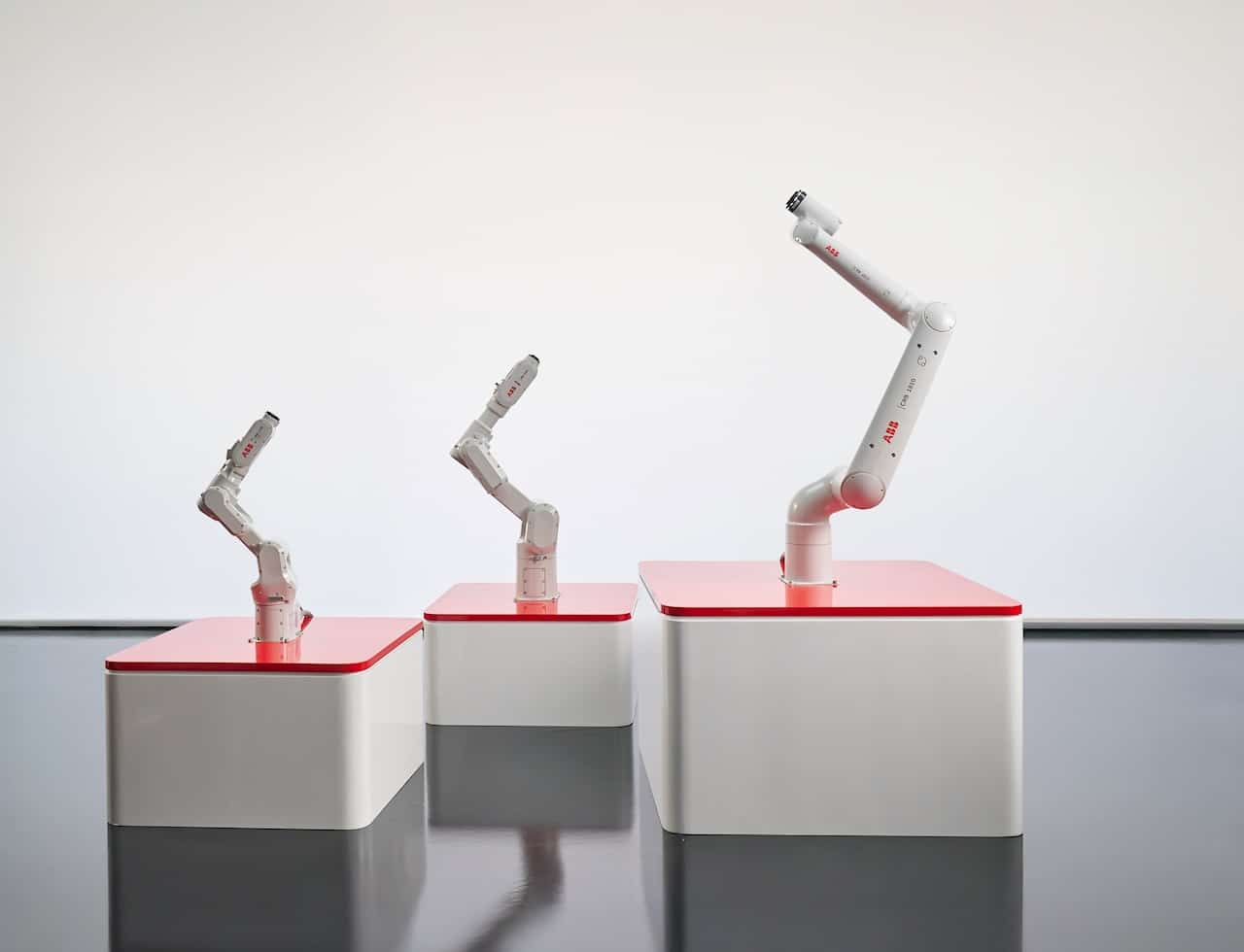ABB announced the launch of three new robot families designed and manufactured at their Shanghai mega-factory, aiming to strengthen their leadership position in the world’s largest robotics market. This expansion, part of their “local for local” strategy, responds to the rapid growth of automation in key sectors such as electronics, consumer industries, and Chinese SMEs.
The new additions — Lite+, PoWa, and the next-generation IRB 1200 — address tasks ranging from basic material handling to advanced applications like polishing and dispensing. All share the same technological core: the OmniCore™ control platform, which enables integration of artificial intelligence, sensors, cloud computing, and edge computing to deliver more autonomous and versatile robotic solutions.
China accounts for over 50% of worldwide robot installations, and ABB has strengthened its local commitment by manufacturing over 90% of its robots for Chinese clients within the country. The new families introduced in July were developed with the specific needs of the local market in mind, where the mid-range robot segment grew at a compounded annual rate of 24% between 2021 and 2024, and is expected to maintain an 8% annual growth rate through 2028.
“China leads global robotics adoption, driven especially by SMEs and sectors like electronics. With these new families, we make access to more affordable and user-friendly solutions easier,” explained Sami Atiya, president of ABB Robotics & Discrete Automation.
The three new families include:
Lite+: a compact solution designed for basic handling and pick-and-place operations. Easy to integrate with other models like the IRB 1200, it targets companies taking their first steps into automation without technical or financial barriers.
PoWa: representing the next generation of collaborative robots (cobots). Despite its small size, it can reach industrial speeds of up to 5.8 m/s, ideal for quick tasks like palletizing, machine feeding, and handling. Its no-code programming and plug-and-play setup allow deployment in less than an hour, making it appealing to small and medium-sized companies without specialized technical teams.
IRB 1200 (next generation): redesigned and now available globally, this high-precision, high-speed robot is optimized for assembly, polishing, and dispensing. It’s 20% lighter and more compact than its predecessor, enabling the design of more space- and performance-efficient production cells.
One of the most notable aspects of the announcement was a demonstration in Shanghai of a new AI-powered collaborative robot teaching software. Using the PoWa cobot, ABB showcased how robots can be trained through natural language with a three-step system: “see, talk, do.” The robot perceives its environment via visual sensors, interprets verbal commands in real-time, and executes precise actions without technical programming.
“With this technology, we not only facilitate automation adoption but also open the door to a new way of interacting with robots,” said Marc Segura, ABB Robotics’ global president.
Since entering China in 1994, ABB has built a comprehensive ecosystem in the country, encompassing R&D, manufacturing, and support. This latest expansion reinforces that commitment, enabling ABB to respond swiftly to local market dynamics and support the shift toward more advanced and sustainable manufacturing.
“The goal is clear: to make advanced automation accessible to all companies, regardless of their size. And China is the ideal place to lead this transformation,” concluded Henry Han, president of ABB Robotics China.
With over 140 years of global history and a workforce of 110,000 employees, ABB continues to demonstrate its ability to anticipate the needs of modern industry, combining engineering and digitalization to build a more efficient, flexible, and autonomous future.
via: ABB

